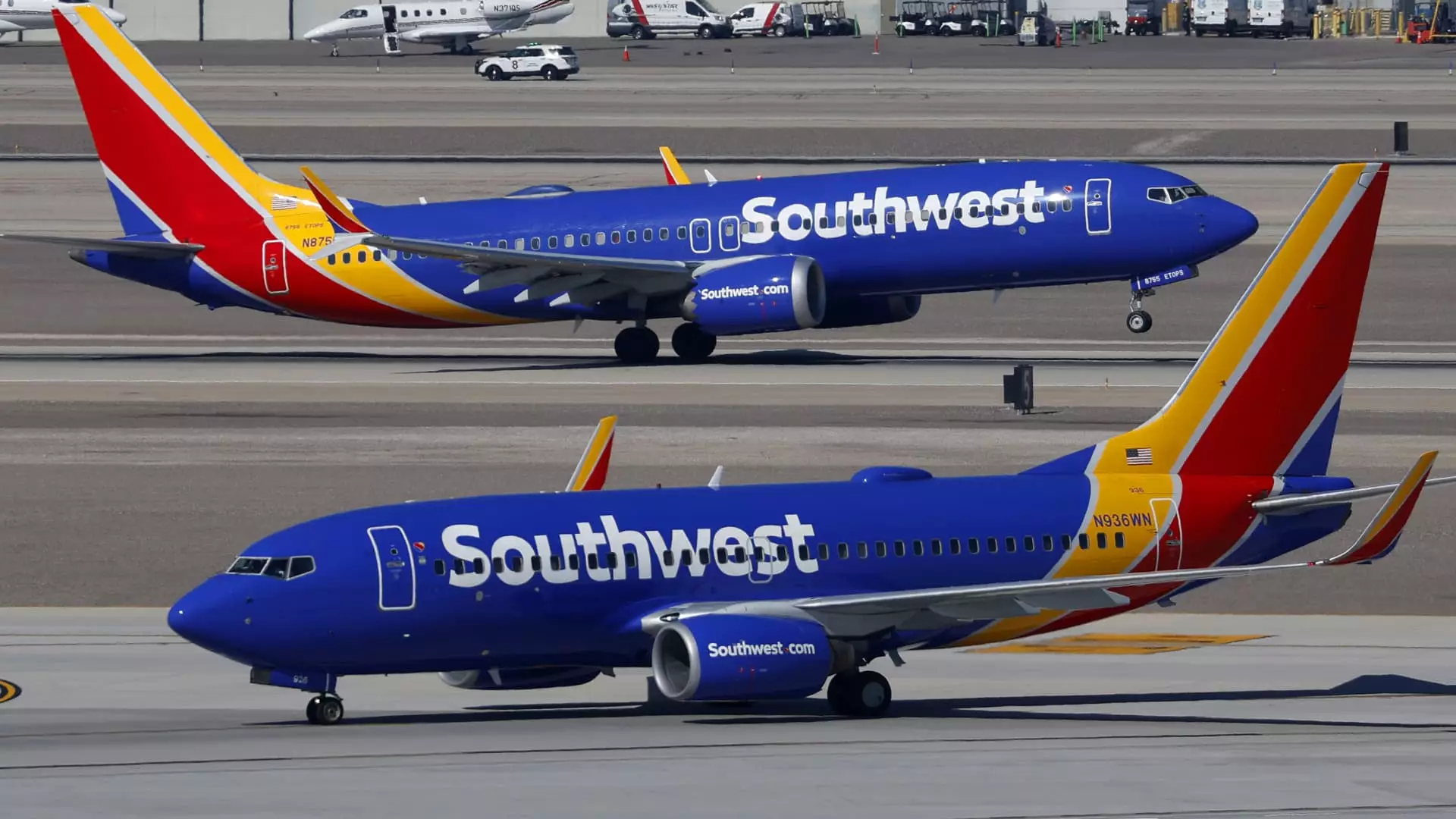Southwest Airlines, renowned for its pioneering open seating policy, is officially bidding farewell to a beloved and defining feature that has distinguished it from competitors for over half a century. The transition to a dynamic, assigned seating system marks a radical departure from its roots, signalling a broader strategic overhaul. While this move might seem like a necessary adaptation in a fiercely competitive industry, it also raises questions about loyalty, customer experience, and the very essence of what Southwest has represented.
For decades, passengers have flocked to Southwest precisely because of its open seating—an egalitarian, chaotic, and somewhat romantic notion of flying. The unpredictability and sense of community it fostered created a unique brand identity. Now, as the airline shifts to a structured boarding process, it risks alienating core customers who cherished the airline’s informal culture and the spontaneity of free seating. This change underscores a relentless pursuit of efficiency and revenue, but it also signals a departure from the customer-centric values that once set Southwest apart.
Strategic Motivations: More Than Just Innovation
The decision to implement assigned seating reflects Southwest’s urgent response to market pressures and the need for increased revenue streams. As airline profit margins tighten across the industry, legacy carriers and low-cost rivals alike are diversifying their offerings with ancillary fees—charging for checked bags, advanced seat selection, and other extras. Southwest, in an effort to stay competitive, is following suit, even if it means sacrificing some of its longstanding identity.
This strategic pivot appears driven not only by bottom-line calculations but also by a desire to streamline operations. By controlling boarding sequences through assigned seats, Southwest aims to enhance turnaround times, maximize aircraft utilization, and reduce delays—factors essential to profitability in an industry with razor-thin margins. The introduction of premium seating options, priority boarding, and tiered fare classes further illustrates a shift toward a more segmented, revenue-focused model. This approach demonstrates a nuanced understanding of market segmentation but also hints at a future where loyalty and simplicity may give way to complexity and paid privileges.
The Human Element: A Loss of Spontaneity and Community
One of the most significant concerns stemming from Southwest’s policy overhaul is the impact on customer experience and the airline’s cultural identity. The open seating model fostered a sense of camaraderie, spontaneity, and fairness—values cherished by many travelers. The new boarding groups and seat assignments threaten to erode that communal spirit, replacing it with a structured, and arguably less personable, process.
Additionally, there is the inevitable inconvenience for families and frequent travelers who valued the ability to select seats at their discretion. While Southwest claims that existing products will still allow families to sit together and that premium services will accommodate those seeking extra comfort, the loss of control and the chaos of boarding—once a defining characteristic—may diminish overall satisfaction. This change risks transforming Southwest from an airline that valued customer connection into one more aligned with competitors that prioritize efficiency and pay-for-privileges over personal touch.
The Future of Loyalty and Brand Loyalty
Southwest’s move to assigned seating raises profound questions about loyalty and brand identity. Will long-time customers feel betrayed by the end of the egalitarian open seating? Will the new tiered boarding process erode the sense of fairness that once characterized Southwest’s culture? The airline’s loyal base may initially tolerate the change, especially if the new system allows for some level of seat choice and exclusivity. However, how this transition is handled will determine whether it sustains or undermines customer trust.
Moreover, the focus on revenue through ancillary charges and tiered services introduces a shift in how the airline engages with its customers. Instead of a straightforward, transparent pricing model, passengers will now navigate a web of fees, upgrades, and priorities—potentially a turnoff for travelers who appreciated simplicity and upfront honesty. The core challenge for Southwest moving forward lies in balancing its desire for profitability with the need to preserve the loyalty and goodwill that have long been at the heart of its brand.
Southwest’s decision to end open seating is not merely a logistical change; it’s a cultural pivot that reflects the broader tensions within a commoditized airline industry. Whether this move will secure its financial future or alienate its most dedicated patrons remains to be seen. What is clear, however, is that success in this new era will depend on how well the airline can adapt without losing the human element that once made it a beloved staple of American aviation.



Leave a Reply